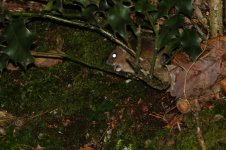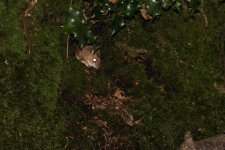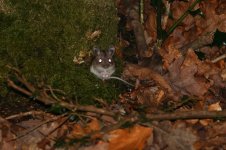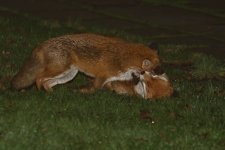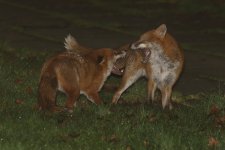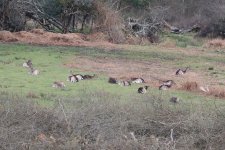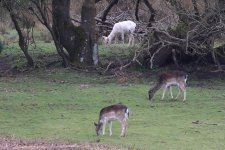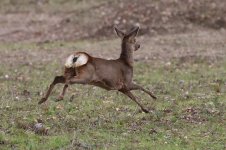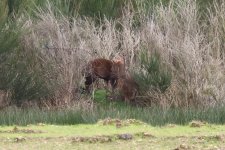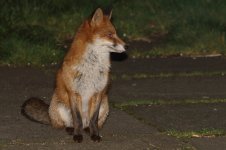I've just totally cribbed this from the night vision for mortals thread.
Took my new Guide TD210 down to the New Forest last night for a bit of a test. Unfortunately the car park I'd selected as being the most likely for an array of nocturnal mammals turned out to be the local dogging site - not so likely after all!
I moved to another car park down the same road and was left in peace for about three hours, when a small car with a noisy exhaust came in and stopped for about five minutes. I think their nerve broke before mine and after two or three attempts to start the car they got it going and left revvily.
Anyway, to the business of the night.
I wasn't in car park 1 for very long after it got truly dark but while people were still returning to their cars I detected dogs off lead. Later I detected two small mammals at about fifteen yards and tracked them from a picnic table to a heap of logs and back again easily. At car park 2 it was Wood Mouse city! I found several along the line of a ditch bordering the car park and tracked them effortlessly. When one paused near me I got the camera out and found the mouse (identified from behaviour, no way to do it using the thermal imager, no detail - can't even see mouse tails) was too jumpy for even red or green light. However, I did get a brief view bare-eyed in the red light confirming the ID. Later I got out of the car and did manage to get a few pictures of mice that presumably felt so safe in their positions huddled up to tree roots or whatever that they froze rather than running. Red or green light still didn't seem to matter. I didn't bother trying white light, I was sure they'd leg it.
I also heard three Tawny Owls, one female and then two males hooting at each other. Unfortunately none came anywhere I could detect them.
So the device is good for finding stuff but you'll need a different system to identify it.
Wood Mouse pix to come.
John





